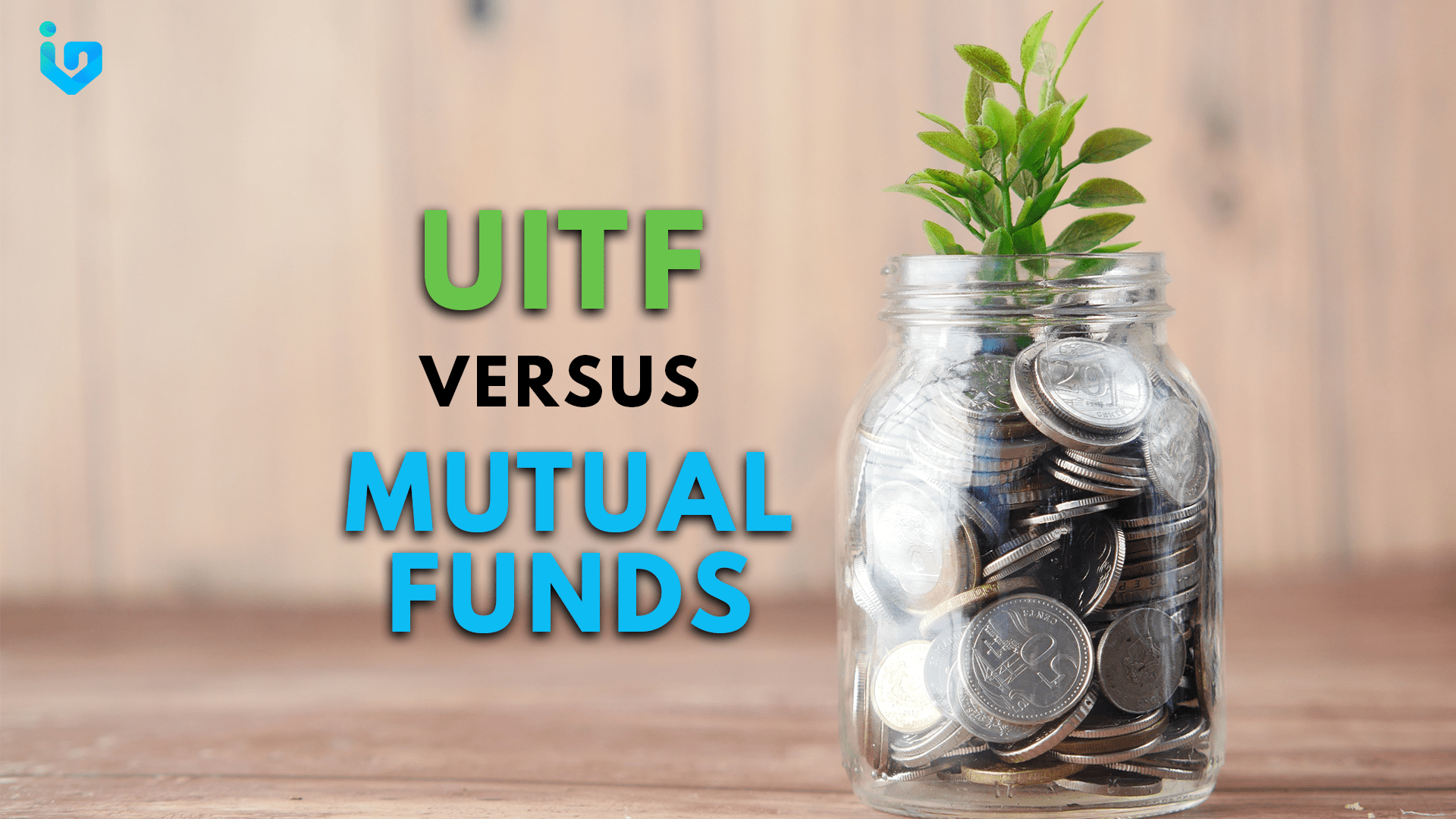When it comes to funds management, diversity is an excellent feature to look for to stimulate growth. Diversification, in this regard, is highlighted not only through the customizability of what you invest in but also, how you invest them. Mutual Funds and Unit Investment Trust Funds (UITFs) thrive through diversity and are staple options to start investing. How do they differ though? Find out further and let Investagrams aid on which one is the best for you!
Mutual Funds Vs. UITFs: Similarities
For starters, let’s look at their similarities. Mutual Funds and UITFs provide the opportunity for anyone to invest without requiring themselves to actively monitor the growth of their investments. For investors with little to no knowledge in investing and especially those who have consistently busy schedules, both funds are conveniently managed by professional fund managers and are optimized by holding a selection of assets through pooled investments. Here, multiple contributors participate by purchasing shares (for Mutual Funds) or units (for UITFs), then the fund is used to build a portfolio. The asset portfolio of both funds can include stocks, bonds, government securities, or their combinations – the arrangement of which depends on asset profitability, investor preference, risk tolerance, among others. The following are the four main types of funds under Mutual Funds and UITFs:
- Equity Funds
These funds offer investments for equities of publicly-listed Philippine corporations.
- Bond Funds
These funds offer investment towards fixed-income securities such as corporate bonds, government treasury notes, and treasury bills.
- Balanced Funds
These funds combine equity and fixed-income investments to maximize income and decrease the risk through a diversified profile.
- Money Market Funds
These funds offer investments for short-term securities with maturities of mostly less than a year.
Under supervision, fund managers update investors with earnings or losses by providing contributors with data trends, capital gains, and dividends at an agreed upon timeframe. So, investors do lose control over asset management, but the investments are trusted to professional fund managers. This helps to adequately optimize investment performance and minimize risk by applying seasoned experience and market research. Of course, all of these are done with costs for management fees and administration expenses. This can reduce the profits of each individual involved. Certain funds also shelter additional fees upon entry or when funds are withdrawn before a specified time.
Mutual Funds Vs. UITFs: Difference
Mutual Funds and UITFs differ mainly in their setups particularly in how they are managed and how investor earnings return. When UITFs are created, there already exists an agreed upon portfolio of assets that remain intact as mandated by the Participating Trust Agreement and the Declaration of Trust. Assets in this portfolio will not be traded until the termination date of the fund. Upon initial viewing of UITFs, basis for revenue and trends are keenly researched through existing market prices, the economic climate during which the funds are made, and the forecasts of the assets’ movement at the given timeframe. This makes UITFs more term-based than Mutual Funds whose creation do not include termination dates. For the most part, portfolios of Mutual Funds are reactive to the conditions of the market as these can be traded and exchanged actively to maximize returns. Mutual fund shares are more available to as many people as possible who are willing to take part in the pooling unlike, UITFs whose units are fixed and can only be exchanged between their current investors.
Mutual Funds in the Philippines
In the Philippines, management of Mutual Funds are offered by investment companies and are regulated by the SEC. On the other hand, UITFs are made available through banks with BSP regulating their issuance. In terms of procurement, both funds require low starting investments. Comparably, UITFs start at around 10,000 php. With Mutual Funds, you can start investing today for as low as 50 php through https://www.investa.ph.
Whether it be Mutual Funds or UITFs you are interested in, your investment should depend on your financial capabilities and goals. These are also dictated further by your target yield and risk appetite. Some investments can provide higher yield at comparably higher risks for the risk-tolerant but, that can also be said for lower yield at far more conservative risks for the risk-averse. Mutual Funds and UITFs offer suitable and accessible options for investment even if you are just starting out on your journey. Moreso, these financial opportunities let you engage with professionals and trusted investment companies regardless of knowledge, experience, or background in investing.
Nevertheless, what matters most is the start of your investment and there’s no better time to start than now.
Investa is partnered with the top mutual funds’ companies in the country among which are, PhilEquity Management, Inc., Sun Life Asset Management, and BPI Investment Management Inc. to bring the most convenient investment application to facilitate a virtually-empowered way to track your capital online. Download the app now via the App Store, Google Play, or AppGallery. See your wealth and investments grow in real time!
